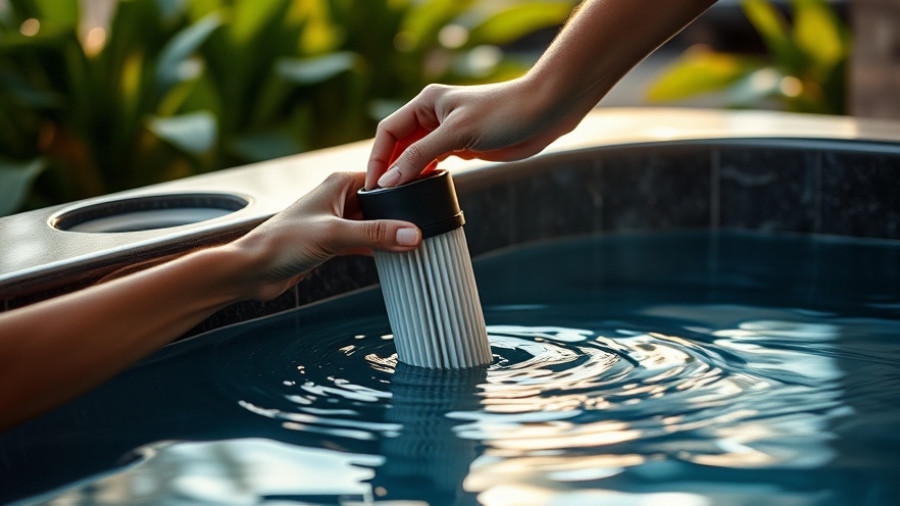
Why Proper Installation of House Wrap is Crucial
Installing house wrap may not top your list of fun home improvement tasks, but doing so correctly is essential for maintaining energy efficiency and protecting your home from the elements. As building codes evolve and inspections tighten, ensuring proper installation can save you time and money in the long run. Whether you're a DIY enthusiast or a seasoned pro, understanding the right techniques can significantly enhance your home’s protection against wind and moisture.
The Importance of Choosing Quality Materials
When selecting house wrap, it’s important to avoid cutting corners with cheap materials. Low-cost wraps often carry a low perm rating, which hinders water vapor escape. For residents in cold climates, this can lead to condensation and potential damage. Opting for a higher perm rating—like that of Tyvek, rated around 54—helps keep walls dry and energy-efficient, thus improving your home's longevity.
Modern Fastening Techniques: Cap Nails and Beyond
Gone are the days of using hammer tackers to install house wrap. Today's manufacturers recommend cap nails or cap staples instead. While this might slow down your installation process, the benefits are worth it: capped fasteners can hold house wrap up to 25 times better than traditional staples, providing robust security against high winds.
Using the Right Tools for Efficient Installation
If you’ve opted for capped fasteners, make your life easier with a tool like the Stinger® Cap Staple Hammer. This innovative device functions like a standard hammer-tacker but efficiently drives the necessary cap nails into place, ensuring adherence while saving you time and effort during installation.
Adding Extra Protection: Flashing and Overlapping
Proper installation also involves strategic use of flashing. Make sure to install house wrap with overlapping seams, securing the overlaps with your capped fasteners. This method prevents water infiltration and improves your home's defense against moisture. Additionally, maintaining proper tension as you apply the wrap ensures a tight fit against the structure, further enhancing moisture resistance.
Future-proofing Your Home: Energy Efficiency
With rising energy costs, energy efficiency has become a household priority, especially for California homeowners. Correctly installed house wrap contributes significantly to maintaining optimal indoor temperatures, thereby reducing heating and cooling costs. This investment pays dividends not only in lowering bills but also enhancing your home’s comfort level.
Common Installation Mistakes to Avoid
Many DIYers fall into common traps during house wrap installation. One major pitfall is neglecting to read the manufacturers' guidelines, which can lead to improper installation. Another issue is failing to address pre-existing moisture problems before wrapping the house, which can trap dampness within the walls. Being aware of these mistakes can guide you in creating a successful installation plan.
Conclusion: Invest in Your Home
While the task of installing house wrap might seem tedious, remember that it is a crucial investment in your property. Ensure you dedicate time to understanding both the materials and techniques needed for a successful installation. Equipped with these tips, you can embark on your house wrap project with confidence, knowing you're safeguarding your home against the elements and ensuring efficient energy use.
Now is the time to take action and ensure your home is not only safe but also energy-efficient. Consider starting your house wrap installation project today!
 Add Row
Add Row  Add
Add 




Write A Comment